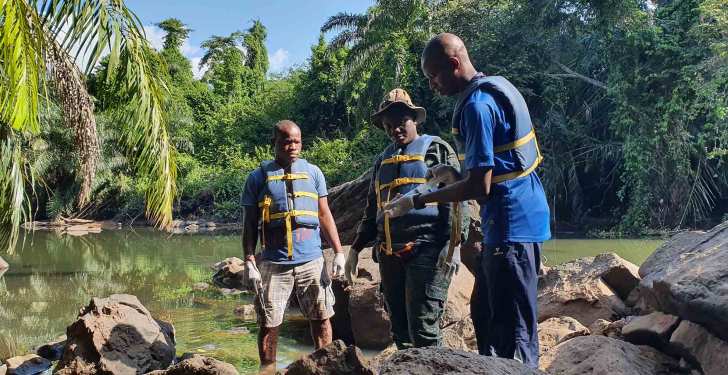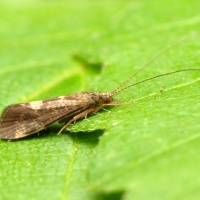An eBioAtlas of global freshwater biodiversity

Freshwater habitats are vital for biodiversity and human communities around the world. Covering only 1% of Earth’s surface, freshwaters support 10% of all known animals, 30% of vertebrates and over 50% of fish. However, as a series of recent reports have documented, freshwaters are amongst the world’s most threatened habitats.
At present, freshwater conservation and restoration projects are limited in many parts of the world by limited scientific knowledge about the status and distribution of species. Such incomplete mapping of freshwater biodiversity – and the threats it faces – makes effective conservation funding, management and policy difficult.
A major new project seeks to address this issue through the use of environmental DNA (or eDNA) techniques. Together, the International Union for Conservation of Nature (IUCN) and DNA-based monitoring organisation NatureMetrics announced the eBioAtlas project earlier this month.
The project will supply easy-to-use water pump sampling kits to conservationists and citizen scientists in areas of critical freshwater conservation importance, including the Amazon, Ganges, Mekong Delta, and the Niger Delta. Their aim is to collect 30,000 water samples over the first three years, which can then be analysed for eDNA – the traces of DNA left in water by species of fish, birds, amphibians and land animals.
The eDNA technique thus allows conservationists to detect the presence of freshwater biodiversity which might otherwise be difficult or expensive to monitor. As a result, it is intended that the eBioAtlas monitoring will allow local communities to participate in freshwater monitoring over wider areas than ever before.
“eDNA is a game changer because it allows surveys to be done much faster and it has the potential to pick up much more information than through conventional sampling,” says Dr. Will Darwall, Head of IUCN’s Freshwater Biodiversity Unit.
“A third of the world’s freshwater fish are threatened. If nothing changes in the way we manage freshwater environments these species are headed for extinction. We need a full-scale bio-blitz using eDNA to rapidly get new and updated information about where freshwater fish live all over the world so we can bring it into the mainstream of conservation and environmental management and policy efforts,” Dr. Darwall states.
The eBioAtlas monitoring work will result in a freshwater biodiversity database freely available for research and conservation. It is intended that the results will inform species assessments on the IUCN Red List of Threatened Species, and identify sites in need of protection as Key Biodiversity Areas.
“eDNA’s usefulness will only grow over time, as more and more data become available to allow comparisons and cross-referencing between scientists around the world,” says Angelique Todd, Senior Programme Manager, West and Central Africa at eBioAtlas partner Flora & Fauna International.
“We face a biodiversity crisis and we’ve been running blind,” says Dr. Kat Bruce, NatureMetrics founder and Chief Technology Officer. “We know we have to act to protect threatened species and their habitats, but the lack of data makes it hard to set tangible targets and monitor progress, or to incentivise businesses and governments to take meaningful action. We end up spinning in circles and going nowhere, while the loss of nature continues to accelerate.
“eDNA is totally transformative. It’s a tool we can put in the hands of ordinary people all over the world to capture biodiversity data at a previously unthinkable scale – and from those simple water samples, we will generate the knowledge base that can underpin effective action for the protection and restoration of nature. Nothing is more important.”
+++















Comments are closed.